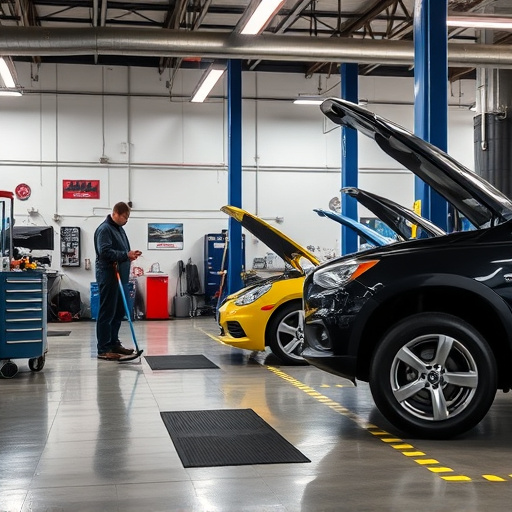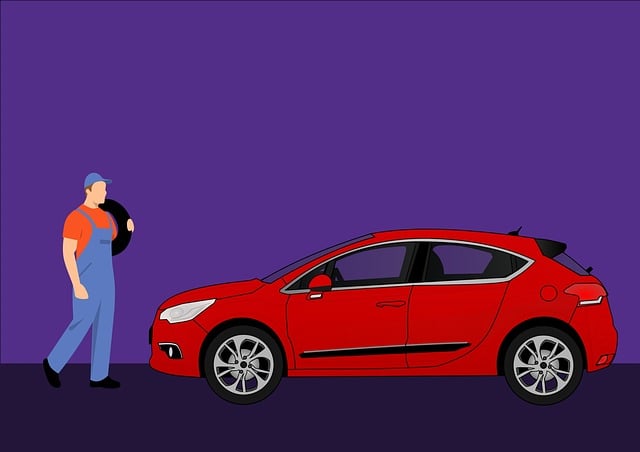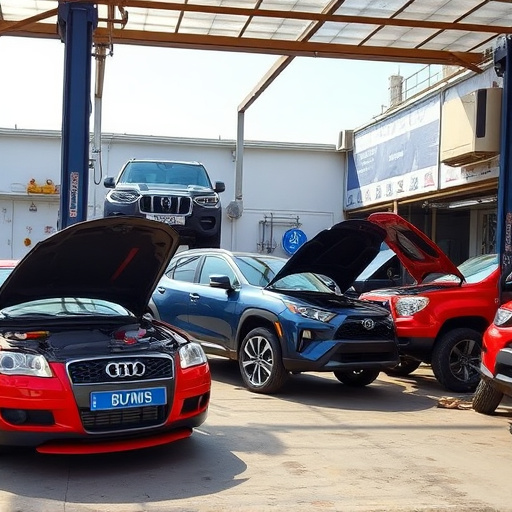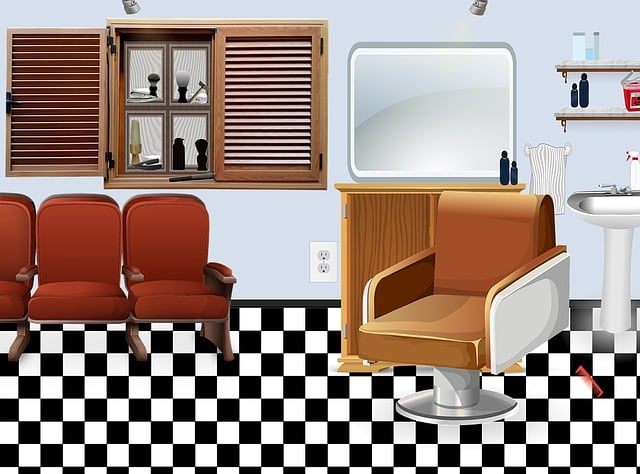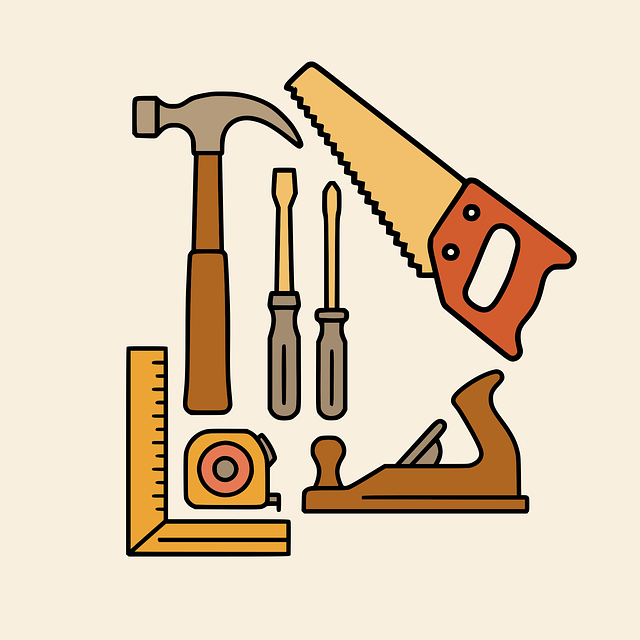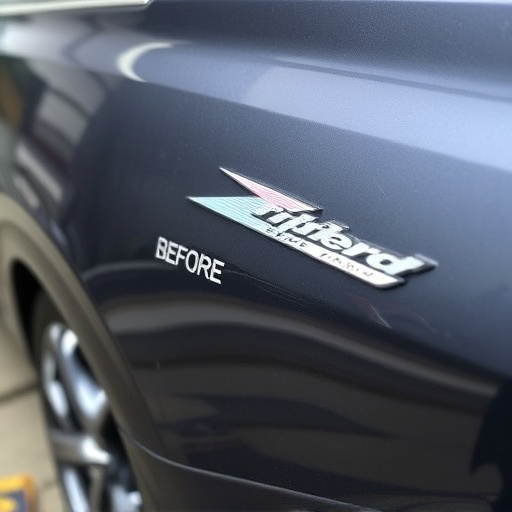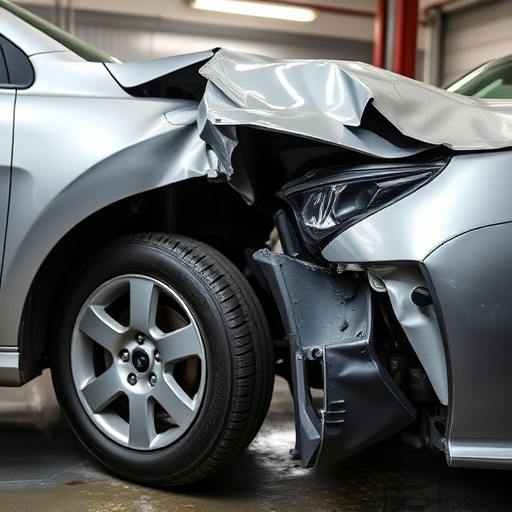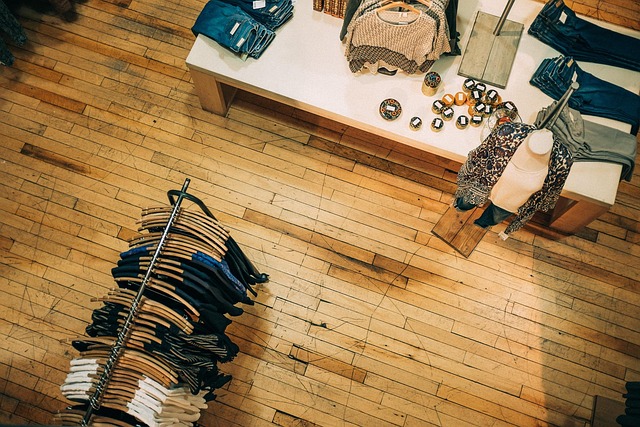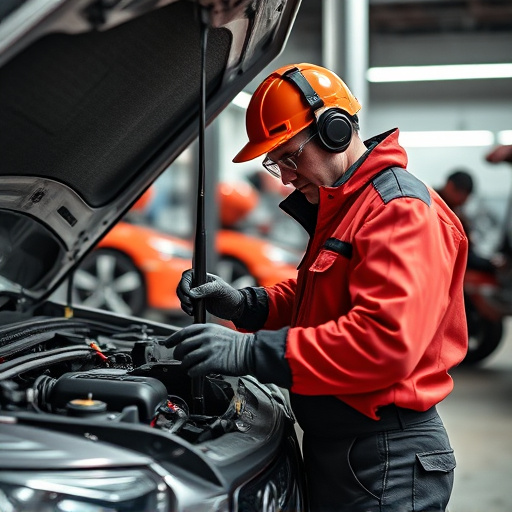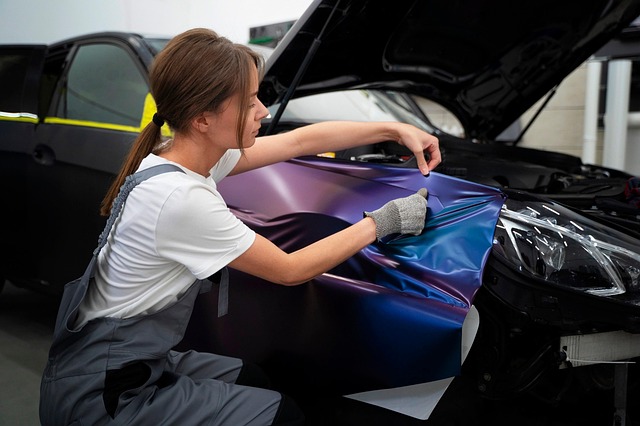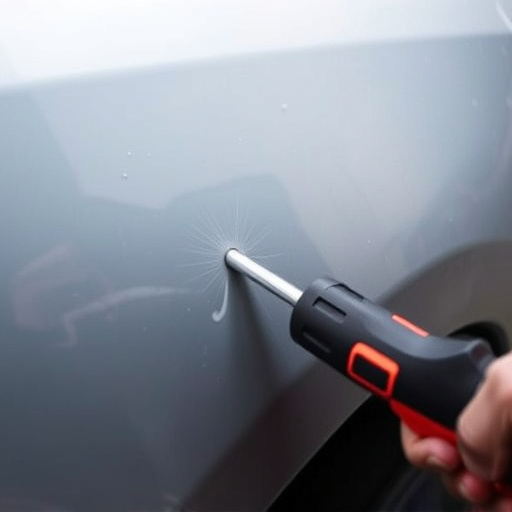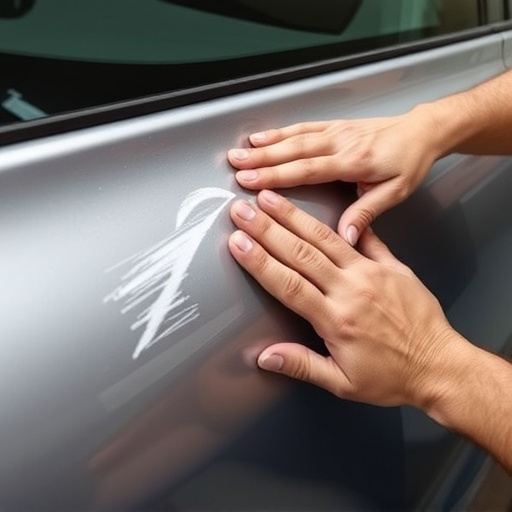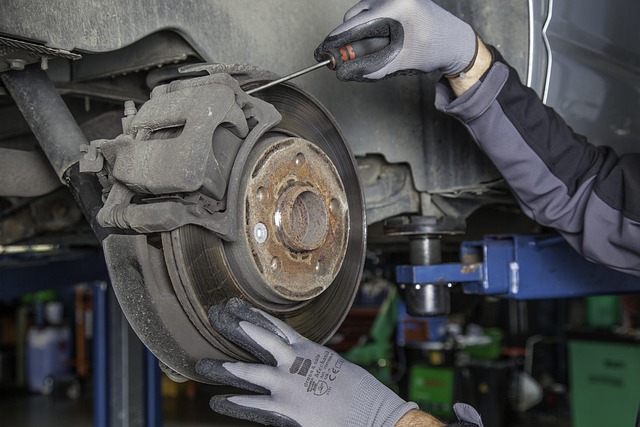Original paint matching is a critical skill in auto repairs, ensuring flawless restoration by mimicking the precise composition of the vehicle's original paint. This involves understanding pigments, binders, and additives that determine color, durability, and finish. Technicians must consider UV exposure effects on bodywork paint compared to other surfaces. Perfect matching requires meticulous attention to pigment, binder selection, surface preparation, and mastery of diverse paint types and formulations specific to vehicle makes and models. Knowledge of base coats, clear coats, specialized finishes, primers, activators, and advanced application techniques is vital for delivering top-notch auto repair services that preserve aesthetic integrity.
“Uncover the secrets to achieving flawless original paint matching with our comprehensive guide. This article delves into the science behind paint composition, from pigments to binders, helping you understand the factors influencing color consistency. We equip you with practical tips for preparation, including surface treatment and tool selection.
Learn effective techniques for observing, analyzing, and mixing paints to match existing finishes perfectly. Master color theory, blending, testing, and quality control for original paint matching that ensures even coverage and a professional touch.”
- Understanding Original Paint Composition and Properties
- – The science behind paint: Pigments, binders, and solvents
- – Types of paint and their unique characteristics
Understanding Original Paint Composition and Properties
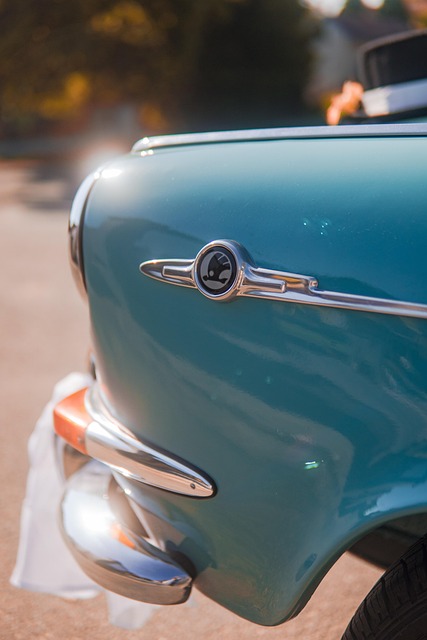
Understanding original paint composition and properties is key to achieving perfect original paint matching during auto body repairs or restoration projects. Paint is composed of various pigments, binders, and additives that contribute to its color, durability, and finish. Knowing how these components interact allows for precise mixing and application.
For instance, original paint on a vehicle’s bodywork has unique characteristics that differ from auto glass repair or frame repair paints. Bodywork paint needs to withstand environmental factors like UV exposure, while ensuring a seamless blend with the existing paint. This requires specific attention to pigment selection, binder types, and surface preparation techniques to match not just color but also texture and sheen. By comprehending these nuances, professionals can deliver exceptional results in original paint matching.
– The science behind paint: Pigments, binders, and solvents

The art of achieving perfect original paint matching is a blend of science and skill. Paint is comprised of three main components: pigments, binders, and solvents. Pigments provide color and opacity, while binders hold the pigment particles together, creating a cohesive mixture. Solvents, on the other hand, are responsible for thinning the paint and facilitating its application. Understanding these elements is crucial when striving for accurate original paint matching, whether in a car restoration or bumper repair project.
In car scratch repair, for instance, the science of paint comes into play as technicians carefully match not just the color but also the texture and finish. This involves meticulous analysis of the affected area to determine the specific type and ratio of pigments, binders, and solvents required to duplicate the original paint perfectly. By knowing the science behind paint, professionals can ensure that repairs blend seamlessly with the surrounding unharmed surface, maintaining the car’s overall aesthetic appeal.
– Types of paint and their unique characteristics
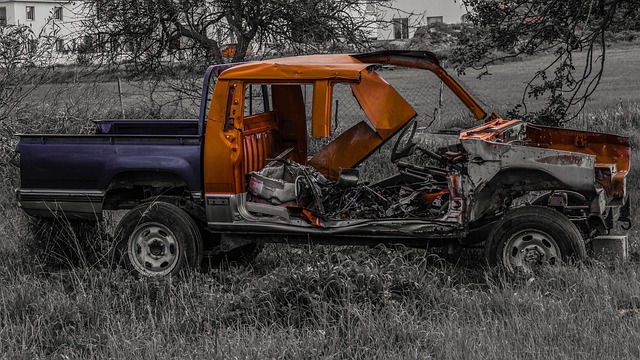
When it comes to achieving perfect original paint matching during an auto repair or auto collision repair service, understanding the various types of paint and their unique properties is paramount. Paint is not a one-size-fits-all substance; instead, it encompasses a diverse range of formulations designed for specific applications. For instance, automotive paints differ from industrial or residential paints in terms of composition, durability, and shine levels.
In an auto collision center, technicians often encounter a multitude of paint types, including base coats, clear coats, and specialized finishes tailored to different vehicle makes and models. Each type possesses distinct characteristics that influence its ability to match the original paint accurately. For example, older paints may require specific primers or activators for optimal adhesion during the repainting process. Conversely, modern high-performance paints might demand advanced techniques and tools to achieve seamless blending with existing finishes. Familiarity with these nuances is crucial for delivering top-notch auto repair services that restore vehicles to their original aesthetic condition.
When aiming for flawless original paint matching, understanding the intricate composition and properties of paint is key. By mastering the science behind pigments, binders, and solvents, along with recognizing the unique characteristics of various paint types, you’ll be equipped to achieve precise and harmonious color replication. These 10 tips serve as a comprehensive guide, empowering you to navigate the process with confidence and precision, ensuring your restoration projects boast authentic, original paint matching.
